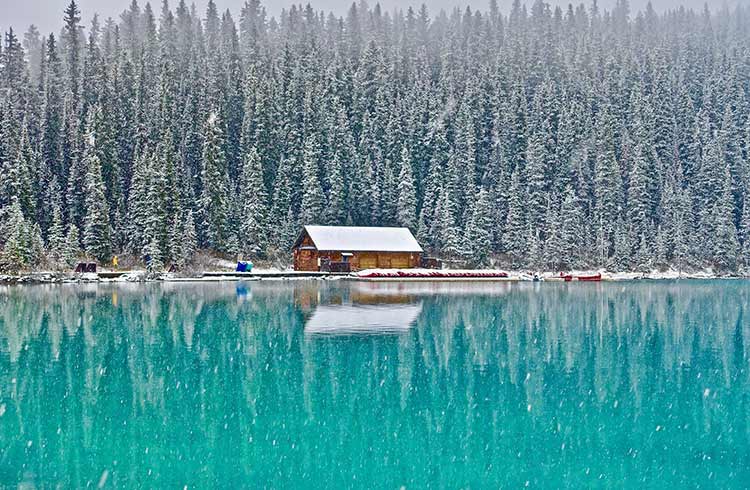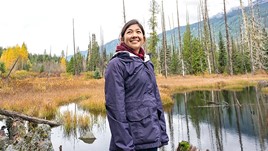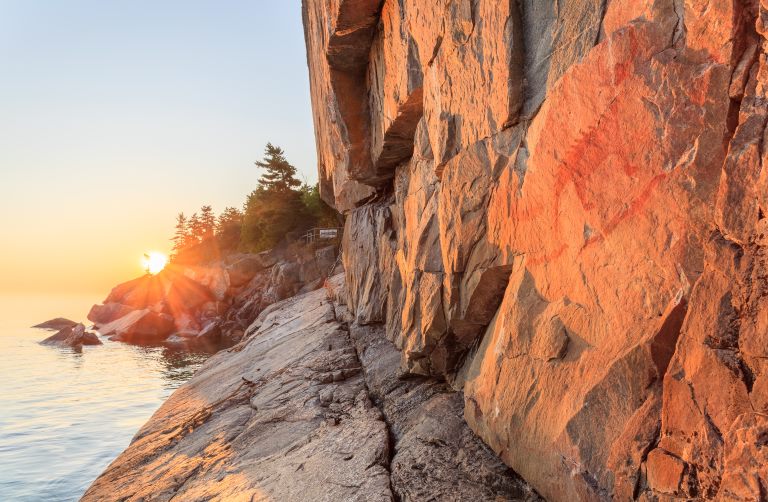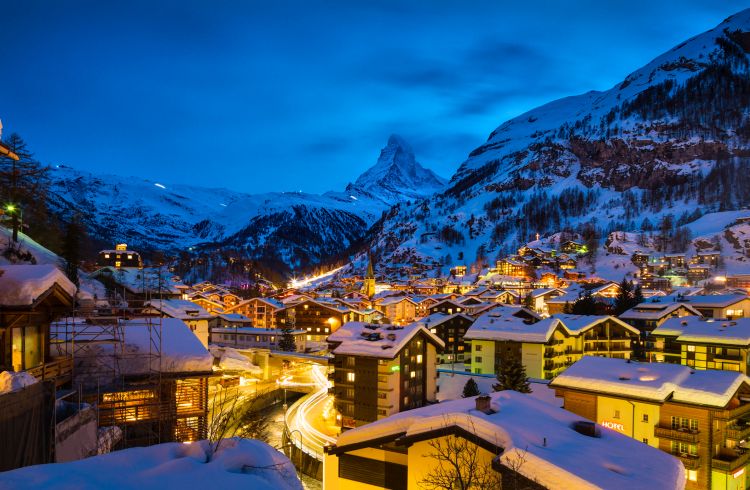Summer or Snow: When Should You Visit Canada?
Covering millions of square miles, Canada features everything from shrub-strewn deserts to vast Arctic tundra. Weather-wise, here’s what to expect and where to go in Canada every season of the year.
 Photo © Pixabay/MemoryCatcher
Photo © Pixabay/MemoryCatcher
Winter in Canada
While conditions vary significantly, snow typically begins in October/November and stays until March/April. Temperatures can range from 50°F (10°C) to -13°F (-25°C) or -31°F (-35°C), and dip even lower in the north. Extreme winters may be becoming more frequent – in 2021 and 2023, a "polar vortex" created record-breaking low temperatures across much of the country. The west coast typically has milder temperatures than the rest of Canada, and predominantly experiences rain throughout the winter, with only some periods of snow.
Where to go: Whitehorse or Yellowknife for northern lights. Churchill for polar bear viewing. British Columbia or Banff for downhill skiing. Quebec for winter festival fun.
Spring in Canada
A time of tulips and cherry blossoms, traveling in the spring can be a great way to avoid the crowds. Keep in mind that light snow or rain can continue into May or June, so while temperatures typically sit around 50–68°F (10–20°C) you should pack accordingly.
Where to go: For classic spring scenes between March and May, head to Canada’s most temperate climates: Vancouver and Vancouver Island.
Summer in Canada
From June to August, Canadian summers mean outdoor fun, from hiking, mountain biking, and kayaking to camping, rafting, and road trips. With varying levels of humidity, temperatures average around 70°F (21°C) on the coast and between 77-86°F (25–30°C) in the central provinces. The far north is a bit cooler, but also boasts exceptionally long days at the height of summer.
Unfortunately, summer is also wildfire season. Droughts and heatwaves in recent years have led to more extreme fire seasons, especially in the Prairie Provinces (Alberta, Saskatchewan, and Manitoba) but also Ontario and Quebec. Since fires can cause road closures and unhealthy air quality, keep an eye on news from regional wildfire agencies before you set out.
Where to go: Everywhere! Rent a car and camp your way across the country. For food and wine lovers, regions like the Okanagan, Niagara, and Prince Edward County are at their best in the summer.
Fall in Canada
Beloved across the country, fall offers refreshingly cool weather, around 41–59°F (5–15°C), and spectacular autumn foliage throughout September and October.
Where to go: For the best fall colors, head to Cape Breton or Ontario’s Algonquin Park.
Can’t pick between summer and winter travel? Unless you have specific winter sports or activities in mind, Canada’s summer – with its long daylight hours and endless adventures – is an ideal time to visit.
Related articles
Simple and flexible travel insurance
You can buy at home or while traveling, and claim online from anywhere in the world. With 150+ adventure activities covered and 24/7 emergency assistance.
Get a quote


No Comments